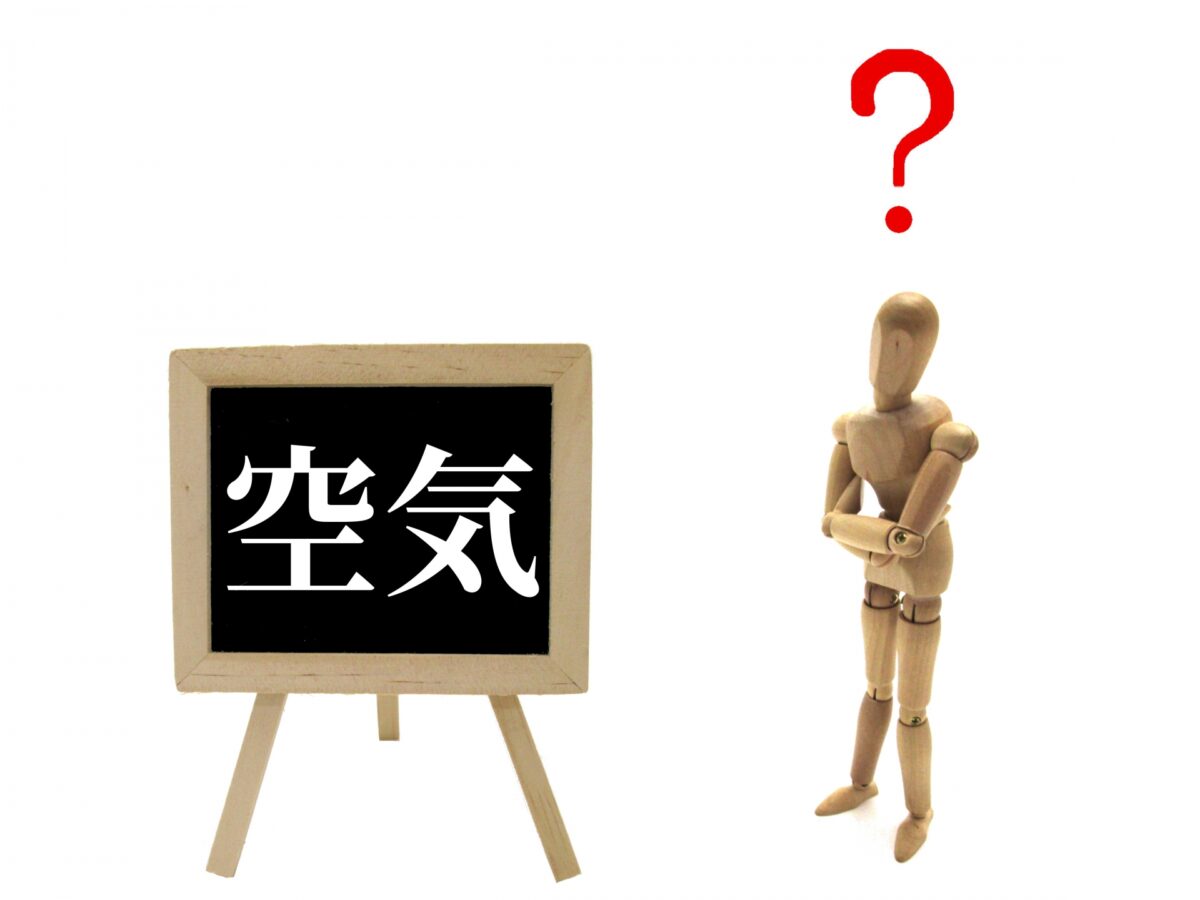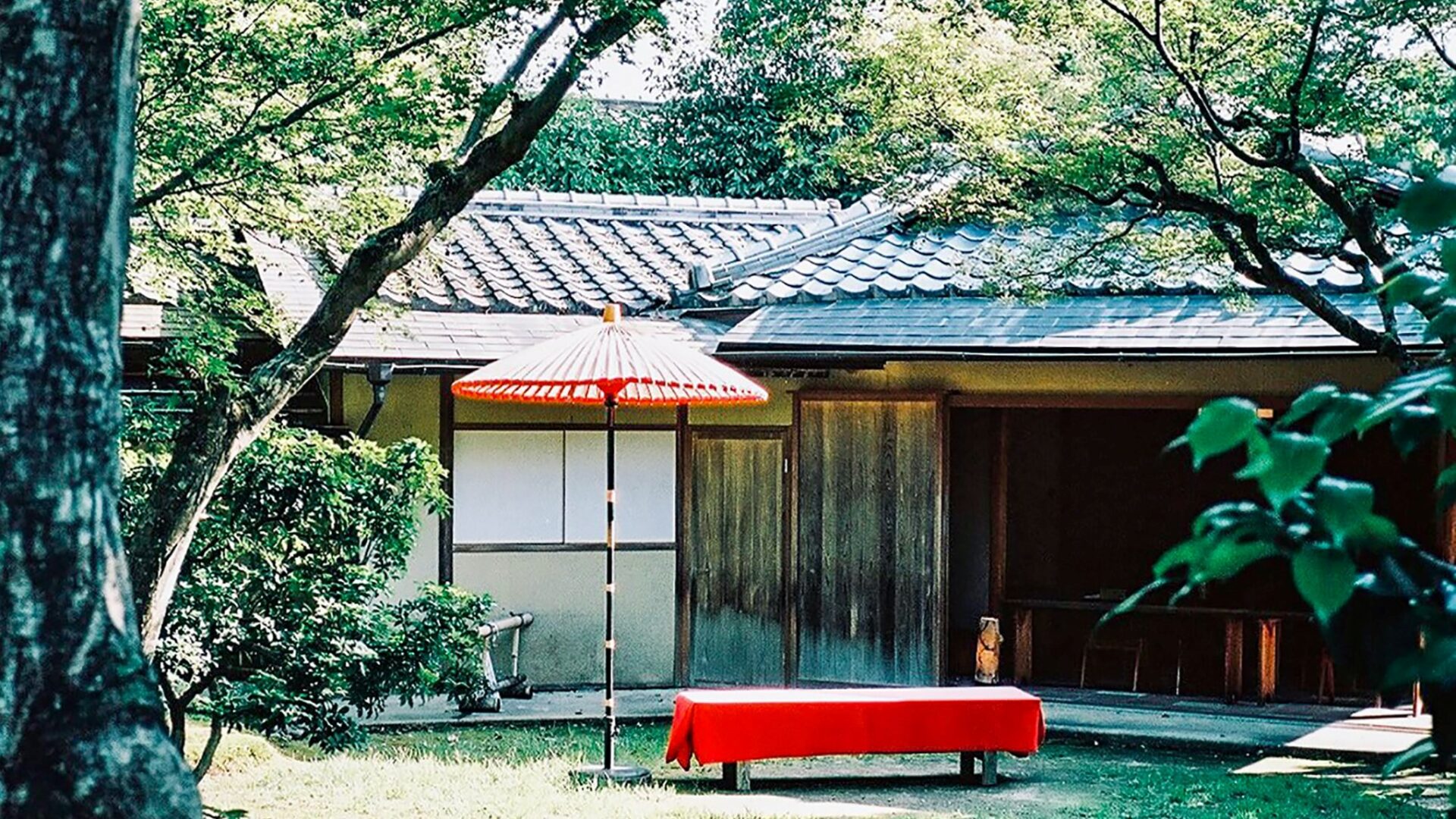Culture and language share a strong connection. It doesn’t only create a bond between people and form a group identity, but the way a language is used can also tell you a lot about what people of a certain culture find important.
The Japanese language is full of expressions that don’t have exact equivalents in other languages. it is these terms in particular that carry so much meaning that they give a good insight into what is considered important in Japan. Let’s have a look at 8 of the most important terms to better understand Japanese culture!
1. Wabi sabi (侘び寂び)

The idea that it is the imperfection that makes something beautiful is not unique to Japan, but the concept of wabi sabi (侘び寂び) goes a bit further than that. The appreciation of wabi sabi aesthetics goes all the way back to the 14th century and has its roots in Zen Buddhism, which emphasizes minimalism and recognition that the best way to avoid suffering is to avoid attachment to worldly desires.
Those learnings led to the admiration of impermanence, simplicity, and things in their natural state. The tea ceremony is one of the most well-known expressions of wabi sabi, in which not a single movement is wasted in a perfect, yet simple choreography.
Kintsugi, in which a broken piece of pottery is repaired using gold, is another good example of wabi sabi. Wabi sabi can even be found in the Japanese love of the short-lived cherry blossoms and autumn leaves where the very fact that the sakura and foliage only last for a short while makes it even more beautiful.
2. Omotenashi (おもてなし)

In the US, customer service tends to be good (which is related to the tipping system), in Europe service can be spotty, and in some Asian countries, it tends to be brisk. In Japan, however, customer service is infamously wonderful and this is due to the concept of omotenashi (おもてなし).
Omotenashi’s meaning is similar to ‘customer is king’, but omotenashi goes one step further. Japanese restaurants and hotels truly aspire to make a guest feel at home and taken care of. One of the most important things you have to learn when you work in the Japanese service industry is to anticipate a customer’s needs even before they become aware of what they want themselves.
Details are also very important, and you will find that everything you could possibly need will be there when you need them; a wet towel, any type of cutlery, slippers, or a blanket when it is cold.
If you understand Japanese, you will also hear that customer service providers speak in a very polite way to you. Do you want to experience omotenashi at its best? In that case, you should definitely book a stay at a ryokan, a traditional Japanese inn where you can enjoy an impeccable level of customer service.
3. Shoganai (しょうがない)

Shoganai (しょうがない) is probably one of the Japanese concepts that divide opinions the most on whether it is a helpful or not-so-great way to deal with things. It means ‘It cannot be helped’, and the expression is used when something bad or undesirable happens that you can’t do much about.
Instead of complaining about it, many Japanese people will often say “shoganai”: and be done with it. In general, complaining is not acceptable in Japanese culture, and most people prefer to just accept the inevitable and not talk about it anymore.
This makes sense, as when you live on an island, it is extra important to keep interpersonal relationships good as complaining too much can strain bonds between people. On the other hand, this attitude can also prevent undesirable things from changing that could possibly be changed if there would be enough pushback. It is a difficult balance to strike for sure!
4. Kuuki yomenai/KY (空気読めない)

Japan has a high context culture, which means that people prefer indirect communication over more direct communication. In a low context culture, people tend to say exactly what they mean, and this is often regarded as very direct and sometimes painful communication by people from a high context culture.
In Japan, if something negative needs to be communicated, people tend to try and let someone down gently. For example, if you ask someone out on a second date and they prefer not to go, they will say ‘I’m very busy this week’ and not come out with a counter-proposal. If you are good at ‘kuuki yomeru’, which literally means ‘to read the air’, you will get the hint and understand that you are being rejected.
If you are a ‘kuuki yomenai’ (空気読めない/KY) person, meaning ‘someone who cannot read the air’, however, you will try to ask them again and again and not understand the subtle rejection.
As you can tell, it is especially important in Japan that you are good at reading the air and not keep pressing when people are trying to give you a subtle ‘no’ if you want to have smooth social interactions.
5. Uchi/soto (内/外)

While thinking in in-group and out-group is a human trait that can be observed everywhere in the world, in island nations this us/them thinking is often even more pronounced.
In Japan, this is called uchi/soto (内/外) which means inside/outside. People either belong in your “uchi” or your “soto” group, and the way you approach someone will depend on which group they fall into. Your family, close friends, co-workers, and bosses are part of your uchi, while other people you deal with are usually considered soto.
This is especially important in the workplace when dealing with customers or clients, who are considered soto, and should therefore be treated with a different form of respect. The way language is used toward them is so that you speak about your uchi and the things they do using humble language, while you speak of your clients or customers using honorific terms and verbs.
This is why you are always welcomed with an ‘irrashaimase’ when you walk into a restaurant, which is the honorific way to say ‘you are here’ to say welcome. If you get this (difficult) usage of honorific language right, it means that you are well-integrated into the Japanese workplace.
6. Chotto…(ちょっと…)

The actual meaning of the word chotto… (ちょっと…), which literally means ‘a little bit’ is different from what many visitors think it is. When the answer to a request is chotto…, it always means that it is not possible to honor that request.
Alternatively, they might say ‘chotto muzukashii desu’, or ‘that is a little bit difficult. If you keep pushing it, you will be seen as someone who is KY.
In Japan, it is important to remember that people usually prefer not to say a hard ‘no’ to your face and that you are supposed to take the hint when they try to deny a request more gently. Once you get this right, interactions will become a lot smoother!
7. Salaryman and Office Lady (サラリーマン/OL)

When Japanese kids are asked what they want to become when they grow up, a surprisingly large number of them say ‘salaryman’, which can be translated as a full-time white-collar worker. Office Lady, or OL, is the female version of the salaryman as well.
While this doesn’t sound like a very exciting dream, the salaryman is the embodiment of a stable life where you can support a family and don’t have to worry too much about money. Many kids get this example from their parents, and because Japanese culture tends to put emphasis on trying not to stand out too much and values are conservative, often young people want to follow in their footsteps.
The life of a salaryman is simple: they put on their suit in the morning, commute to work by train, spend around 8-10 hours at work, and then regularly go out drinking with their co-workers and bosses in one of the many izakaya.
9. Nominication / Nomikai (飲みニケーション/飲み会)

Speaking of going to an izakaya with your colleagues and superiors, this is not only done because they just want to relax and enjoy some good food and drinks. A large reason for the nomikai (drinking gathering) habit of working in Japan is because this is where nominication can happen.
The word nominication was coined from 2 other words, “nomi” (which means ‘to drink’) and “komunikasyon” (coming from communication). Nominication means bonding with others while you are drinking, and communicating more openly and honestly than you would on the work floor.
These gatherings are seen as good opportunities to share new ideas with your superiors and to form closer bonds with them that might lead to a promotion down the road. The rule tends to be ‘what is said at the nomikai, stays at the nomikai’, which means that you can talk rather freely regardless of hierarchy.
It is interesting to note that the younger generation seems to be much less interested in after-work drinking get-togethers compared to the older generation. This trend was accelerated by the pandemic, so we will likely see a decline in at least the frequency of nomikai in Japan in the future.
Follow us on Instagram, Facebook, and Twitter for more travel inspiration. Or tag us to get featured!
Happy traveling!
Other articles you might be interested in

Stefanie Akkerman moved from the Netherlands to Japan in 2013 with her Japanese husband and son. She jumped into the niche of Dutch tour guiding in Tokyo and Kamakura in 2015 and occasionally writes articles about all the great sights and activities Japan has to offer. She loves (Japanese) food, and to work that all off she goes diving, snorkeling, cycling, or hiking.
This post may contain some affiliate links. When you click through and make a purchase we may receive some commission, at no extra cost to you.






